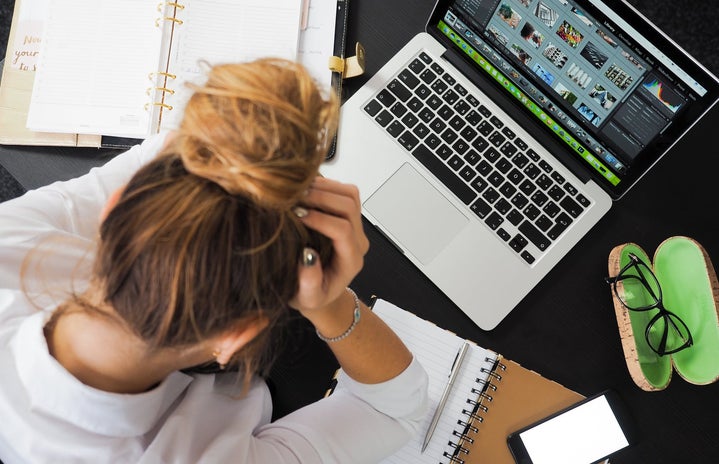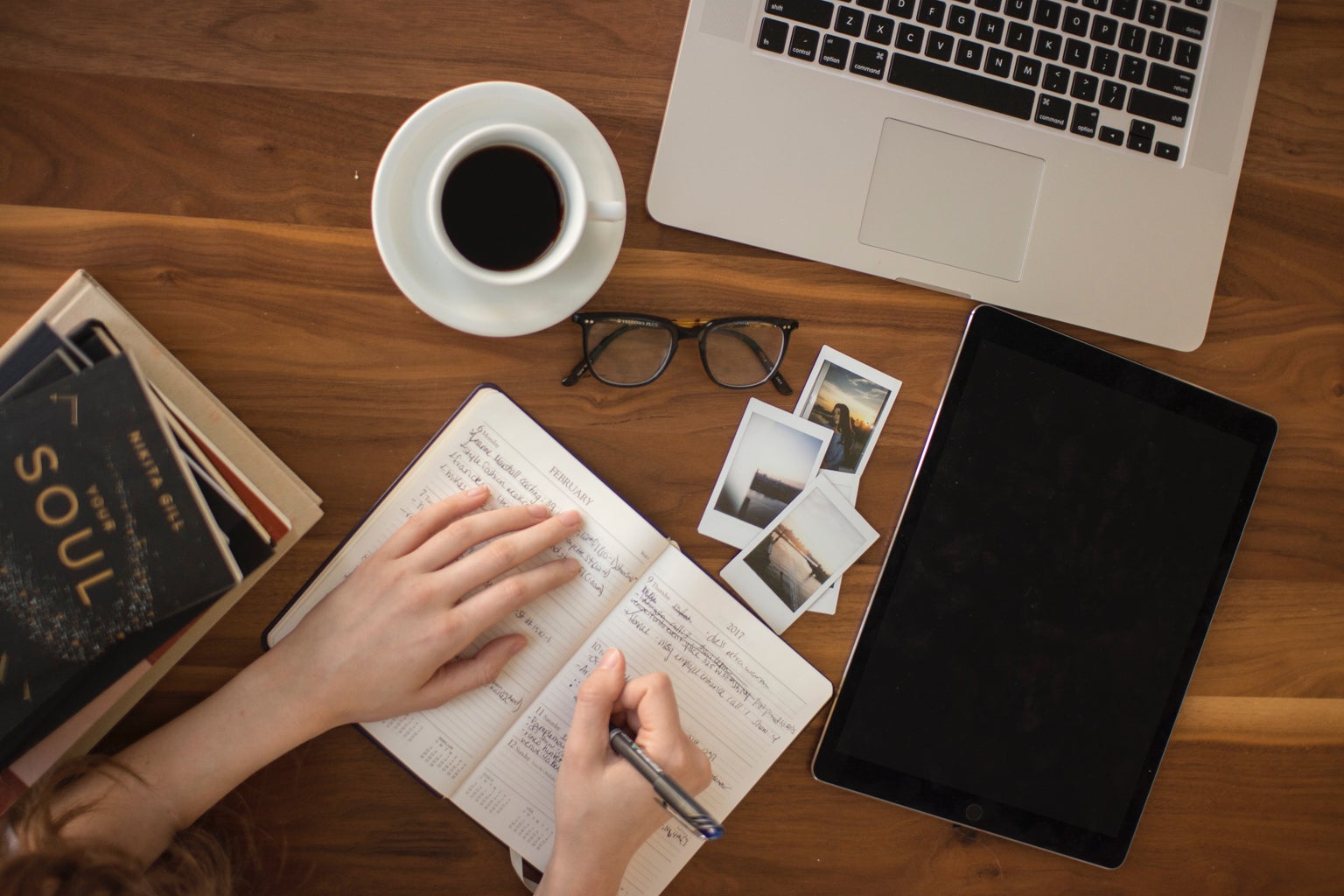We are all guilty of multitasking! We often find ourselves faced with tasks that require us to multitask, especially when it comes to the jobs we have outside school. But multitasking does end there. We often listen to music with lyrics while we are working on assignments and scroll through social media while watching TV. But how good are we actually at multitasking? Take this test to find out! For best results, I recommend using a pencil and paper to track your progress.
So, how did you score? Did you score higher on the auditory attention task than on the visual attention task? Or did you score lower on the auditory attention task? If you received a low score on this test, then you are not alone. According to the Cleveland Clinic, only 2.5% of the population are able to “multitask effectively.” As good as we think we are at multitasking, we are actually doing more harm than good when it comes to our overall academic performance, our ability to store information in both our long-term memory and working memory, which benefits our retrieval of information on complex tasks, and our ability to focus on one task at a time.
If you are like me and are tempted to listen to music with lyrics or watch a movie or TV show while studying, then consider implementing these strategies into your study sessions.
1. make your study space free of distractions
Before you start studying, make sure that you silence and put away any electronic devices (e.g., your phone) that may draw your attention away from your work. In addition to putting away all electronic devices, you may also consider finding a quiet time during the day to study. In case you are unable to find a quiet time during the day to study, then consider using sound-canceling headphones while studying or going to the library or somewhere where you can focus best on your academics.
Fortunately, many of these things can be applied if you choose to study with a friend or roommate. First, you can encourage one another to focus on each task individually in order to retain information from that task. Second, you and your study partner can both make sure to silence your electronic devices before beginning your study session. And you can both find a quiet place to study.
2. create a study schedule
Creating a study schedule not only allows you to study at a time when your brain works best but also gives you some much-needed time to focus on each academic task one at a time. What I recommend for developing a study schedule is to give yourself at least 25 minutes to work on each task, then take five-minute breaks between each session, and then take a long break after completing each study session.
Whichever approach you choose for creating a study schedule is entirely up to you. If you need to take a 10-minute break rather than a five-minute break, then that’s perfectly fine. We all have a different approach to studying that helps us to stay on task and most importantly, learn best. For tips on creating a study schedule, I recommend searching TikTok for videos on creating a study schedule. There are many videos out there to choose from, find the one that speaks to you!
3. take breaks as needed
When in doubt, take a break! If at any point during your study session, you start to feel unfocused or unmotivated, then it’s probably time to take a break. While checking social media may be tempting between study sessions, it may be better to engage in an activity that will put your mind at ease. Engaging in activities such as going for a short walk, doing any form of self-care, baking, drawing, or even catching up on chores can help your brain relax. By giving your brain time to relax between study sessions, you will gain the needed energy to be productive when you go back to studying.
4. reward yourself
When working to alleviate multitasking on academic tasks, it is important to start small by setting short-term goals for yourself. With setting short-term goals comes rewarding yourself for meeting your goals. For example, you may set a goal of completing one study session without multitasking, and then rewarding yourself by going out for ice cream or coffee if you are able to complete the goal.
By working to meet goals with a reward of your choice upon meeting them, you are engaging in positive reinforcement, in which you strengthen a desired skill (i.e., studying) by engaging in a desired behavior (i.e., studying without multitasking). If you choose to engage in this method, remember that for whichever goal you set, make sure it is realistic and can be easily achieved. Best of luck!
I hope that by reading about each strategy for alleviating multitasking, you can become better at not engaging in multitasking. By setting the right habits in place, you can achieve this!
XOXO Her Campus




